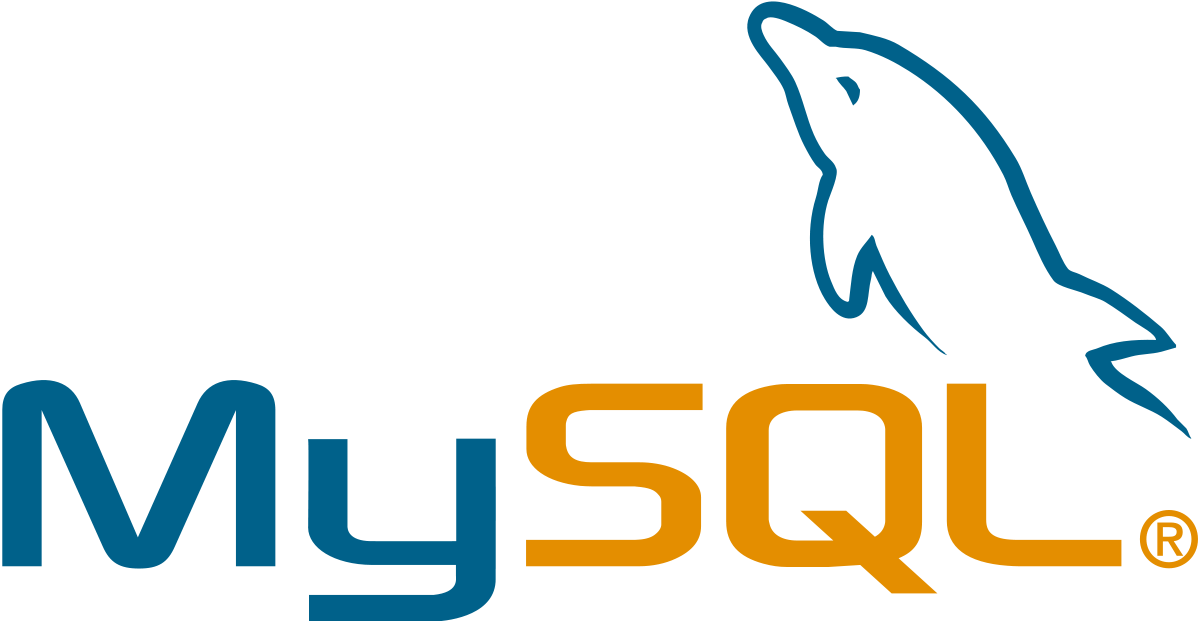Do I Need to Upload All of My Files Into Jupyter
Importing Data to Google Colab — the Make clean Way
Because clean lawmaking is important!
In this commodity I will present:
- An introduction of Google Colab
- 2 much-used "quick and muddy" methods to upload information to Colab
- 2 automated, "make clean" methods to upload information to Colab
What is Google Colab?
It is however hard to believe, but it is truthful. Nosotros tin can run heavy information science notebooks for gratuitous on Google Colab.

Colab is a Cloud service, which means that a server at Google volition run the notebook rather than your ain, local calculator.
Maybe even more than surprising is that the hardware behind it is quite good!
Is Colab the perfect new notebook solution?
There is 1 big issue with Google Colab, often discussed before, which is the storage of your information. Notebooks, for instance, Jupyter notebooks, often utilise information files stored locally, on your estimator. This is oftentimes washed using a simple read_csv argument or comparable.
The Cloud's local is non your local.
Simply Google Colaboratory is running in the Cloud. The Cloud's local is not your local. Therefore a read_csv statement will search for the file on Google's side rather than on your side. And then it volition non find it.
How to get your information into Colab — the manual style?
To become your information into your Colab notebook, I first discuss the 2 near known methods, together with their advantages and disadvantages. After that, I discuss two alternative solutions, that can be more appropriate especially when your lawmaking has to be easy to industrialize.
Manual Method 1 — using files.upload() to upload data to Colab
- Using files.upload() directly in the Colab notebook gives you a traditional upload button that allows y'all to move files from your reckoner into to the Colab environment.

two. And then you employ io.StringIO() together with pd.read_csv to read the uploaded file into a data frame

Advantage of using files.upload() to upload data to Colab:
This is the easiest approach of all, fifty-fifty though it requires a few lines of code.
Disadvantages of using files.upload() to upload information to Colab:
For big files, the upload might take a while. And then whenever the notebook is restarted (for example if it fails or other reasons…), the upload has to be redone manually. This is non the all-time solution, because firstly our code wouldn't re-execute automatically when relaunched and secondly it requires tiresome transmission operations in case of notebook failures.
Manual Method 2 — Mounting your Google Drive onto Colab
Upload your data to Google Drive before getting started with the notebook. And then you mount your Google Bulldoze onto the Colab environs: this means that the Colab notebook can now access files in your Google Drive.
- Mount your drive using drive.mountain()

2. Admission anything in your Google Drive directly

Advantages of mounting your Google Drive onto Colab:
This is besides quite easy. Google Drive is very user-friendly and uploading your data to Google Drive is no problem for most people. Also, once the upload is washed, it does not crave manual reloading when restarting the notebook. So information technology's better than approach i.
Disadvantages of mounting your Google Drive onto Colab:
The primary disadvantage I see from this approach is mainly for company / industrial use. As long as you lot're working on relatively small projects, this approach is great. But if access management and security are at stake, y'all will find that this arroyo is difficult to industrialize.
Besides, you may not want to be in a 100% Google Environment, as multi-cloud solutions give you more than independence from unlike Cloud vendors.
The Clean Way — use External Data Stores
If your project is small, and if y'all know that information technology will always remain only a notebook, previous approaches tin be acceptable. But for whatever projection that may abound larger in the hereafter, separating data storage from your notebook is a proficient step towards a better architecture.
If you want to motion towards a cleaner architecture for data storage in your Google Colab notebook, try going for a proper Data Storage solution.
There are many possibilities in Python to connect with data stores. I hither propose ii solutions: AWS S3 for file storage and SQL for relational database storage:
Make clean method one — connect an AWS S3 bucket
S3 is AWS'south file storage, which has the advantage of being very like to the previously described ways of inputting data to Google Colab. If you are non familiar with AWS S3, don't hesitate to have a wait over here.

Accessing S3 file storage from Python is very clean code and very performant. Calculation authentification is possible.

Advantages of using S3 with Colab:
S3 is taken seriously as a information storage solution by the software community, while Google Drive, though more appreciated for individual users, is preferred past many developers only for the integration with other Google Services.
This approach, therefore, improves both your code and your architecture!
Disadvantages of using S3 with Colab:
To use this method, you will demand to utilize AWS. Information technology is easy, but it may still be a disadvantage in some cases (e.k. company policy). Also, it may take time to load the information every time. It can be longer than loading from Google Bulldoze since the data source is divide.
Clean Method two — connect an SQL Database to Colab
If y'all have data already in a relational database similar MySQL or other, it would also be a good solution to plug your Colab notebook directly to your database.

SQLAlchemy is a bundle that allows yous to send SQL queries to your relational database and this will let to have well-organized data in this dissever SQL environment while keeping only your Python operations in your Colab notebook.

Advantages of connecting an SQL Database to Colab:
This is a practiced idea when you are starting to go to more than serious applications and yous desire to take already a good data storage during your development.
Disadvantages of connecting an SQL Database to Colab:
Information technology will be impossible to employ Relational Data Storage with unstructured data, but a nonrelational database may be the answer in this case. A more serious trouble tin be the query execution time in case of very large volumes. It can as well be a burden to manage the database (if you don't have i or if you cannot easily share admission).
Conclusion
Google Colab notebooks are great merely it can exist a existent struggle to go data in and out.
Google Colab notebooks are groovy but it can be a real struggle to get data in and out.
Importing data by Manual Upload or Mounting Google Bulldoze are both easy to utilize but difficult to industrialize. Alternatives like AWS S3 or a Relational database will make your system less manual and therefore meliorate.
The 2 manual methods are bang-up for small short-term projects and the two methods with external storage should be used when a project needs a make clean data store.
Think through your architecture before information technology's as well late!
Each method has its advantages and disadvantages and only yous can decide which one fits with your utilize case. Whatever storage y'all employ, but be sure to call up through your architecture before information technology's too late!
I promise this article will help you lot with edifice your projects. Stay tuned for more and thanks for reading!
Source: https://towardsdatascience.com/importing-data-to-google-colab-the-clean-way-5ceef9e9e3c8
0 Response to "Do I Need to Upload All of My Files Into Jupyter"
Post a Comment